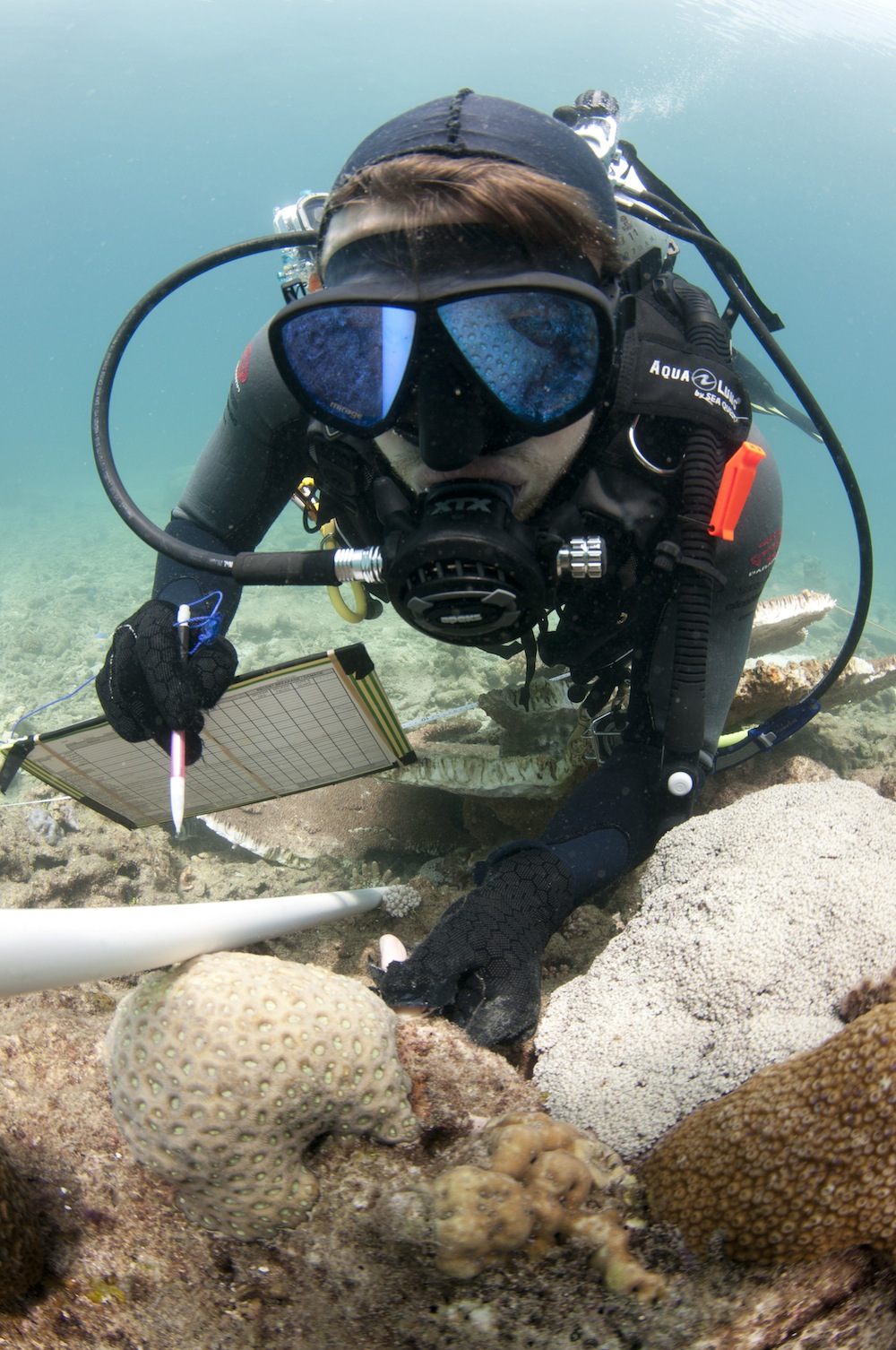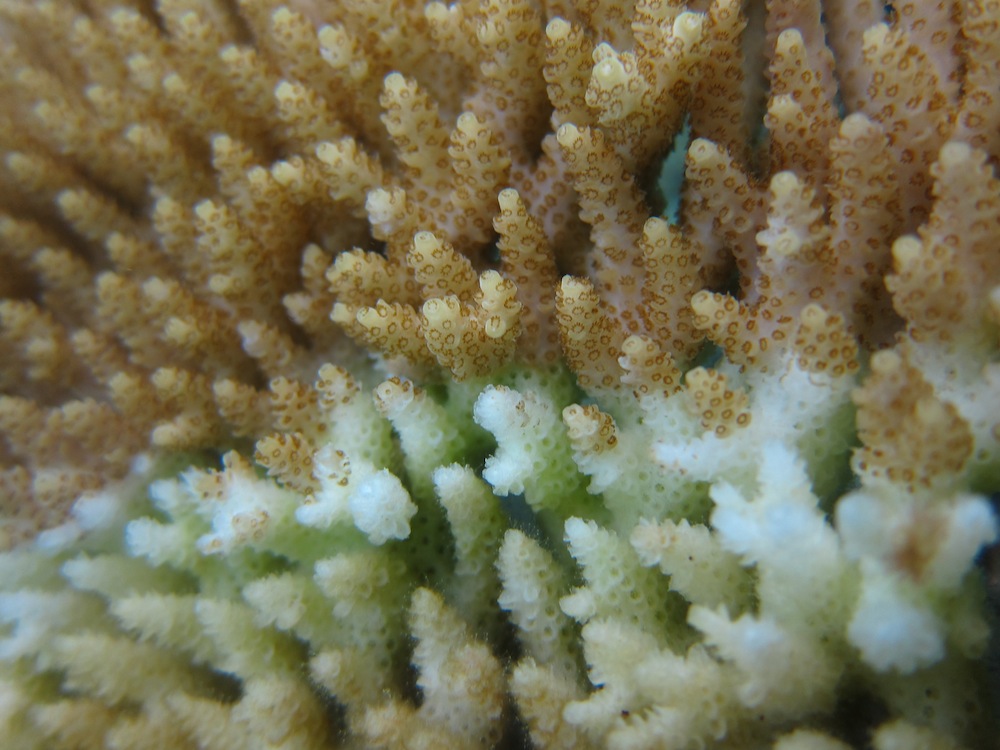Deadly Coral Diseases Surge Near Dredging Sites

In a first study of its kind, researchers have linked dredging to increased sickness in nearby coral reefs.
Researchers studied the effects of such digging operations on the health of corals around Barrow Island, which is located off the west coast of Australia.
"At dredging sites, we found more than twice as much coral disease than at our control sites," study lead author Joe Pollock, a postdoctoral candidate from the ARC Centre of Excellence for Coral Reef Studies at James Cook University and the Australian Institute of Marine Science, said in a statement.
"Corals require both light and food to survive," Pollock said. "And unfortunately, dredging impacts corals on two fronts: Increased turbidity means less light for photosynthesis, while increased levels of sediment falling onto the coral can interfere with their ability to feed." [Images: Colorful Corals of the Deep Barrier Reef]
Corals shrug off the sediment by shedding a mucus membrane. But this extra investment in energy may lead to chronic stress, which in turn may increase their susceptibility to disease, Pollack said.
About 40 percent of the world's coral reefs are near large urban areas and coastlines undergoing rapid development, highlighting the importance of understanding how sediment and murky water can affect the health of coral reefs.
"It adds data that we need to look at as far as managing how dredge sites are planned and how dredging is conducted on those areas," Laura Mydlarz, an associate professor of biology at the University of Texas at Arlington, who was not involved with the study, told Live Science.
Get the world’s most fascinating discoveries delivered straight to your inbox.
In the study, researchers examined how reefs near Barrow Island weathered dredging operations that were part of the Gorgon Project, one of the world's largest natural gas projects aimed at developing the Greater Gorgon gas fields off the coast of western Australia. Over the course of 18 months, the project removed and dumped about 7.6 tons of marine sediment, in an effort to create a channel to accommodate ships carrying liquefied natural gas to a processing plant.
The reefs around Barrow Island did not fare well. Those exposed to sediment plumes for about 300 days or more were twice as likely to develop diseases than those that had been exposed to plumes for nine days or less.
White syndromes, a common group of coral diseases, destroy coral tissue, exposing their white bones. The disease can linger, causing chronic damage even after dredging has finished.
"It's disastrous because it seems to go through the coral tissue very fast," Mydlarz said. "Once you see it, it's already too late."
Disease has reduced coral cover by 95 percent in some areas of the Caribbean. As coastal areas continue to urbanize, the public needs to keep a watchful eye on the health of coral reefs, Kim Ritchie, a senior scientist and manager of the Coral Reef Ecology and Microbiology Program in Sarasota, Florida, told Live Science.
"Corals are so important because they form nursery areas and places for fish that are commercially important for people, and they protect the shoreline," said Ritchie, who was not involved in the study.
The new findings were published July 16 in the journal PLOS One.
Follow Laura Geggel on Twitter @LauraGeggel and Google+. Follow Live Science @livescience, Facebook & Google+. Original article on Live Science.

Laura is the managing editor at Live Science. She also runs the archaeology section and the Life's Little Mysteries series. Her work has appeared in The New York Times, Scholastic, Popular Science and Spectrum, a site on autism research. She has won multiple awards from the Society of Professional Journalists and the Washington Newspaper Publishers Association for her reporting at a weekly newspaper near Seattle. Laura holds a bachelor's degree in English literature and psychology from Washington University in St. Louis and a master's degree in science writing from NYU.



